

Articles
How To Store Used Paint Brushes
Modified: January 7, 2024
Learn how to properly store and preserve your used paint brushes in this informative articles. Keep your brushes in top condition for future use.
(Many of the links in this article redirect to a specific reviewed product. Your purchase of these products through affiliate links helps to generate commission for Storables.com, at no extra cost. Learn more)
Introduction
Painting can be a rewarding and creative endeavor, but it often leaves us with used paint brushes that need proper care and storage. Whether you’re a professional artist or a weekend DIY enthusiast, knowing how to store your used paint brushes is essential for preserving their quality and lifespan.
Proper cleaning techniques, suitable storage containers, and regular maintenance are crucial to ensure that your brushes remain in optimal condition for future use. In this article, we will explore the step-by-step process of storing used paint brushes and provide helpful tips to maximize their longevity.
By following these guidelines, you’ll not only save money by prolonging the life of your brushes but also maintain the quality of your artwork for years to come.
Key Takeaways:
- Properly cleaning and drying paint brushes before storage is crucial for preserving their quality and longevity. By following the right techniques, you can prevent damage and ensure optimal performance for future use.
- Selecting a suitable storage container, avoiding extreme temperatures and direct sunlight, and conducting regular maintenance are key factors in maintaining the integrity and effectiveness of your paint brushes. These practices will help preserve your brushes and support your artistic endeavors.
Read more: How To Store A Paint Brush
Proper Cleaning Techniques
Before storing your used paint brushes, it’s important to thoroughly clean them to remove any residual paint and prevent it from drying and hardening on the bristles. Follow these steps to ensure effective cleaning:
- Remove Excess Paint: Use a clean cloth or paper towel to wipe off as much paint as possible from the brush. This will make the cleaning process easier and prevent paint from transferring to other brushes or surfaces.
- Use Soap and Water: Fill a container with warm soapy water. For water-based paints, use mild dish soap. For oil-based paints, use mineral spirits or paint thinner. Swirl the brush in the water, gently rubbing the bristles to release any remaining paint. Repeat this process until the water runs clear.
- Condition the Bristles: After cleaning, it’s important to condition the bristles to keep them soft and pliable. You can use a brush conditioner or mix a small amount of hair conditioner with water. Swirl the brush in the conditioner mixture for a few seconds, then rinse it thoroughly.
- Dry the Brush: Pat the brush dry with a clean cloth or paper towel to remove excess moisture. Shape the bristles back into their original form and allow the brush to air dry completely before storing.
Remember, never leave your brushes submerged in water for extended periods as this can damage the bristles and compromise their shape.
By following these proper cleaning techniques, you’ll remove all traces of paint from your brushes and prevent them from hardening, ensuring optimal performance and longevity.
Drying the Brushes
After cleaning your paint brushes, it’s crucial to properly dry them before storing to prevent mold, mildew, or damage to the bristles. Here are some tips for effective drying:
- Shake off Excess Water: Gently shake the brush to remove any remaining water droplets. Be careful not to handle the bristles too roughly to avoid damage.
- Blot with a Towel: Lay a clean towel on a flat surface and gently press the bristles onto the towel to absorb more moisture. Avoid rubbing or scrubbing the brush as it may misshape the bristles.
- Shape the Bristles: While the brush is still damp, use your fingers to reshape the bristles into their original form. This will help the brush maintain its intended shape during the drying process.
- Air Dry Completely: Place the brushes horizontally on a clean towel or hang them upside down using a string or wire. This allows air to circulate around the bristles and ensures thorough drying. Avoid storing the brushes upright while they’re still wet, as this can cause water to collect at the ferrule (the metal part that secures the bristles), leading to damage and rust.
Depending on the type of paint and thickness of the bristles, drying times may vary. It’s best to allow the brushes to air dry naturally in a well-ventilated area to ensure they are completely dry before storage.
By following these drying techniques, you’ll prevent moisture-related issues and maintain the shape and integrity of your paint brushes, ensuring long-lasting use.
Selecting a Suitable Storage Container
Choosing the right storage container for your paint brushes is essential to keep them protected and in good condition. Here are some factors to consider when selecting a suitable container:
- Size and Shape: Look for a container that can comfortably accommodate the size and number of your paint brushes. The container should be large enough to prevent the bristles from being bent or crushed.
- Cover or Lid: Opt for a container with a cover or lid to protect your brushes from dust, moisture, and other contaminants when not in use. This will also help maintain their shape and prevent damage to the bristles.
- Material: Choose a container made of sturdy and durable materials such as plastic or metal. Avoid containers that are prone to cracking or warping, as they may not provide adequate protection for your brushes.
- Dividers or Compartments: Consider a container with dividers or compartments to keep your brushes separated and prevent them from touching each other. This will help avoid bristle deformation and potential paint transfer.
- Transparency: A transparent container allows you to easily see and identify the brushes stored inside without opening the lid. This makes it convenient to locate the brush you need without disturbing the others.
- Portability: If you often paint on the go or need to transport your brushes, choose a container that is lightweight and easy to carry. Look for handles or straps that make it more convenient to move around.
Remember to clean and dry your brushes thoroughly before placing them in the storage container to prevent any residual paint from transferring or causing damage. It’s also a good idea to label or organize the container to easily identify different brush types or sizes.
By carefully selecting a suitable storage container, you’ll provide a protective and organized environment for your paint brushes, ensuring they remain in optimal condition until their next use.
Wrapping Brushes for Long-Term Storage
When storing paint brushes for an extended period, it’s important to take extra precautions to protect the bristles and prevent any damage. Here are some tips for wrapping your brushes for long-term storage:
- Protective Sleeve or Wrap: Consider using a protective sleeve or wrap specifically designed for paint brushes. These sleeves are typically made of breathable fabric, such as cotton or canvas, and provide a cushioning barrier to prevent the bristles from getting crushed or bent.
- Secure with Rubber Bands: Before placing the brush in the sleeve or wrap, secure it with a rubber band. This will help keep the bristles in place and maintain their shape during storage.
- Avoid Plastic Bags: Avoid storing paint brushes in plastic bags, as they can trap moisture and lead to mold or mildew growth. Plastic bags also do not provide sufficient air circulation, which can cause the bristles to become damp and brittle.
- Individual Wrapping: If you have multiple brushes to store, it’s best to wrap each brush individually to prevent them from rubbing against each other and causing damage. This is particularly important for brushes with delicate bristles, such as natural hair brushes.
- Labeling: To make it easier to identify your brushes, consider labeling the protective sleeves or wraps with the brush type, size, or any other relevant information. This will save you time when retrieving the specific brush you need.
By wrapping your brushes for long-term storage, you provide an additional layer of protection against dust, moisture, and potential damage. This ensures that your brushes are well-preserved and ready for use whenever you need them.
After cleaning your used paint brushes, store them in a cool, dry place with the bristles facing up to maintain their shape and prevent damage.
Read more: What Are Silicone Paint Brushes Used For
Storing Brushes in an Upright Position
When it comes to storing your paint brushes, it’s best to keep them in an upright position. Storing brushes upright has several benefits and helps maintain their shape and overall condition. Here’s why storing brushes in an upright position is ideal:
- Preserves Bristle Shape: Storing brushes vertically allows the bristles to remain in their natural shape. When brushes are stored flat or horizontally, the weight of the bristles can cause them to bend or deform, leading to difficulties in achieving precise strokes during painting.
- Prevents Cross-Contamination: Storing brushes upright reduces the chances of bristles coming into contact with each other, preventing paint transfer between brushes. This is especially important if you’re working with different colors or types of paint, as it helps avoid unintentional mixing.
- Allows for Better Air Circulation: Storing brushes upright allows for better air circulation around the bristles, promoting faster and more thorough drying. Proper air circulation helps prevent the growth of mold or mildew, which can occur when brushes are stored in a closed or damp environment.
- Easy Accessibility: Storing brushes upright makes it easier to select the brush you need without rummaging through a pile of brushes. This saves you time and ensures that you can quickly grab the brush you require for your next painting session.
- Organized Storage: Storing brushes upright in a container or brush holder keeps them neat and organized. This minimizes the chances of misplacing or losing your brushes and allows you to easily see and access your collection.
When storing brushes in an upright position, make sure the bristles are protected and secured to keep them from bending or getting damaged. Using a brush holder or standing them in a container with dividers can help keep the brushes in place and prevent them from falling or shifting around.
By storing your paint brushes upright, you’ll preserve their shape, prevent cross-contamination, and ensure easy accessibility for your next artistic endeavor.
Avoiding Extreme Temperatures
When it comes to storing your paint brushes, it’s essential to keep them away from extreme temperatures. Extreme heat or cold can have detrimental effects on the bristles and overall quality of the brushes. Here’s why avoiding extreme temperatures is crucial:
- Bristle Damage: Exposure to extreme heat can cause the bristles to become brittle and dry, leading to breakage and loss of flexibility. On the other hand, extreme cold can cause the bristles to stiffen and become prone to damage or breakage during use.
- Handle Damage: Prolonged exposure to high temperatures can cause the handles of your paint brushes to warp or crack. This not only affects their usability but also makes it difficult to achieve steady and precise strokes while painting.
- Adhesive Weakening: Extreme temperatures can weaken the adhesive that holds the bristles in place. This can lead to the shedding of bristles, which not only affects the performance of the brush but also leaves unwanted bristles on your artwork.
- Potential Paint Drying: Extreme heat can cause any residual paint left on the brush to dry and harden, making it more challenging to clean and potentially damaging the bristles in the process.
- Warped Ferrules: The ferrule, which holds the bristles together and attaches them to the handle, can be susceptible to warping in extreme temperatures. This compromises the overall structure of the brush and impacts its effectiveness during use.
To avoid these issues, it’s recommended to store your paint brushes in a cool, dry place away from direct sunlight and sources of heat, such as radiators or heating vents. Ensure that the storage area has a consistent temperature to minimize fluctuations that may damage the brushes.
If you need to transport your brushes, avoid leaving them in a hot or cold vehicle for an extended period. Extreme temperatures in a vehicle can cause irreversible damage to the brushes.
By avoiding extreme temperatures, you’ll protect the integrity and performance of your paint brushes, ensuring they remain in optimal condition for your artistic endeavors.
Keeping Brushes Away from Direct Sunlight
When storing paint brushes, it’s important to keep them away from direct sunlight. Sunlight exposure can have various negative effects on the bristles and overall quality of the brushes. Here’s why it’s crucial to protect your brushes from direct sunlight:
- Bristle Fading: Prolonged exposure to direct sunlight can cause the bristles of your paint brushes to fade or discolor. This is especially true for natural hair brushes, as sunlight can bleach or alter the appearance of the bristles.
- Handle Damage: Sunlight can also cause the handles of your paint brushes to fade, warp, or crack. This not only affects the aesthetics of the brushes but also compromises their durability and usability.
- Bristle Drying: Direct sunlight can dry out the bristles of your paint brushes, making them stiff, brittle, and prone to breakage. Dry and damaged bristles can negatively impact your painting experience and result in less accurate and smooth brush strokes.
- Paint Drying: If there is any residual paint left on the brushes, direct sunlight can accelerate the drying process, making it more challenging to clean the brushes thoroughly. This can lead to paint buildup and affect the performance of the brushes in future use.
- Excessive Heat: Sunlight exposure can also lead to an increase in temperature, especially in enclosed spaces such as a car or a window sill. Excessive heat can cause the adhesive that holds the bristles together to weaken, leading to bristle shedding and a decrease in brush quality.
To protect your paint brushes from direct sunlight, store them in a cool, dry, and shaded area. Avoid leaving them near windows or other areas where they are exposed to prolonged sunlight. You can also use storage containers or brush holders with lids to further shield the brushes from sunlight.
If you need to transport your brushes, keep them in a protective case or wrap them in a cloth to prevent direct sunlight exposure. This will help preserve the quality and performance of your paint brushes.
By keeping your brushes away from direct sunlight, you’ll maintain the color, integrity, and effectiveness of the bristles, ensuring that your brushes are ready for use whenever inspiration strikes.
Regular Maintenance and Inspection
Maintaining and regularly inspecting your paint brushes is essential for their longevity and optimal performance. By incorporating maintenance into your routine, you can identify and address any issues promptly. Here are some tips for regular maintenance and inspection of your paint brushes:
- Cleaning After Each Use: It’s important to clean your paint brushes thoroughly after each use. Follow the proper cleaning techniques mentioned earlier in this article to remove any residual paint and keep the bristles in good condition.
- Inspecting Bristles: Take the time to inspect the bristles of your paint brushes regularly. Look for any signs of damage, such as fraying, splitting, or splaying bristles. If you notice any issues, it’s best to address them promptly by trimming or replacing the affected bristles.
- Checking the Ferrule: Examine the ferrule, the metal part that holds the bristles, for any signs of rust, loose bristles, or damage. If necessary, gently tighten the ferrule or consider repairing or replacing the brush if the issue persists.
- Examining the Handle: Inspect the handle of your paint brushes for any cracks, splinters, or other damage. A damaged handle can affect your grip and control while painting. If you notice any issues, consider sanding or refinishing the handle to maintain its functionality.
- Replacing Worn Brushes: Over time, paint brushes will naturally wear out, especially with frequent use. If a brush has become excessively frayed, has permanently misshapen bristles, or is no longer providing the desired performance, it may be time to retire and replace it with a new one.
- Proper Storage: Always store your paint brushes properly in a suitable container or brush holder to protect them from dust, moisture, and damage. Avoid overcrowding the brushes and ensure they are stored in an upright position, as mentioned earlier in this article.
By incorporating regular maintenance and inspection into your paint brush care routine, you’ll be able to identify any issues early on and take appropriate measures to maintain the quality and performance of your brushes.
Remember, taking care of your paint brushes not only preserves their lifespan but also ensures that you can consistently achieve the desired results in your artwork.
Read more: What Are Different Paint Brushes Used For
Conclusion
Properly storing your used paint brushes is essential for preserving their quality and maximizing their lifespan. By following the guidelines and tips outlined in this article, you can ensure that your brushes remain in optimal condition for future use:
- Thoroughly clean your brushes using proper cleaning techniques to remove any residual paint.
- Allow your brushes to dry completely before storing them to prevent mold, mildew, and bristle damage.
- Select a suitable storage container that protects your brushes from dust, moisture, and damage.
- Consider wrapping your brushes with protective sleeves or wraps for long-term storage.
- Store your brushes in an upright position to maintain their shape and prevent cross-contamination.
- Avoid exposing your brushes to extreme temperatures, as it can damage the bristles and handles.
- Keep your brushes away from direct sunlight to prevent fading, drying, and handle damage.
- Regularly inspect your brushes for any signs of damage or wear and perform necessary maintenance and replacements.
By implementing these practices, you’ll not only prolong the life of your brushes but also ensure that they perform optimally, allowing you to create artwork with precision and finesse.
Remember, taking care of your paint brushes is an investment in your craft. By dedicating a little time and effort to proper storage and maintenance, you’ll be rewarded with brushes that are always ready to help you bring your artistic visions to life.
Frequently Asked Questions about How To Store Used Paint Brushes
Was this page helpful?
At Storables.com, we guarantee accurate and reliable information. Our content, validated by Expert Board Contributors, is crafted following stringent Editorial Policies. We're committed to providing you with well-researched, expert-backed insights for all your informational needs.


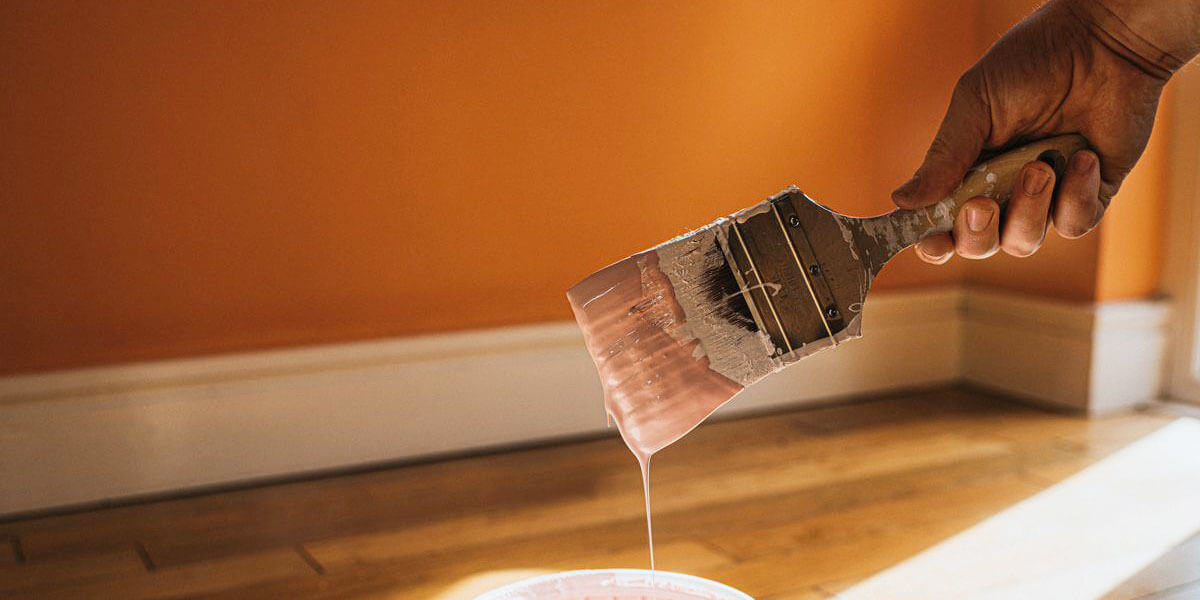


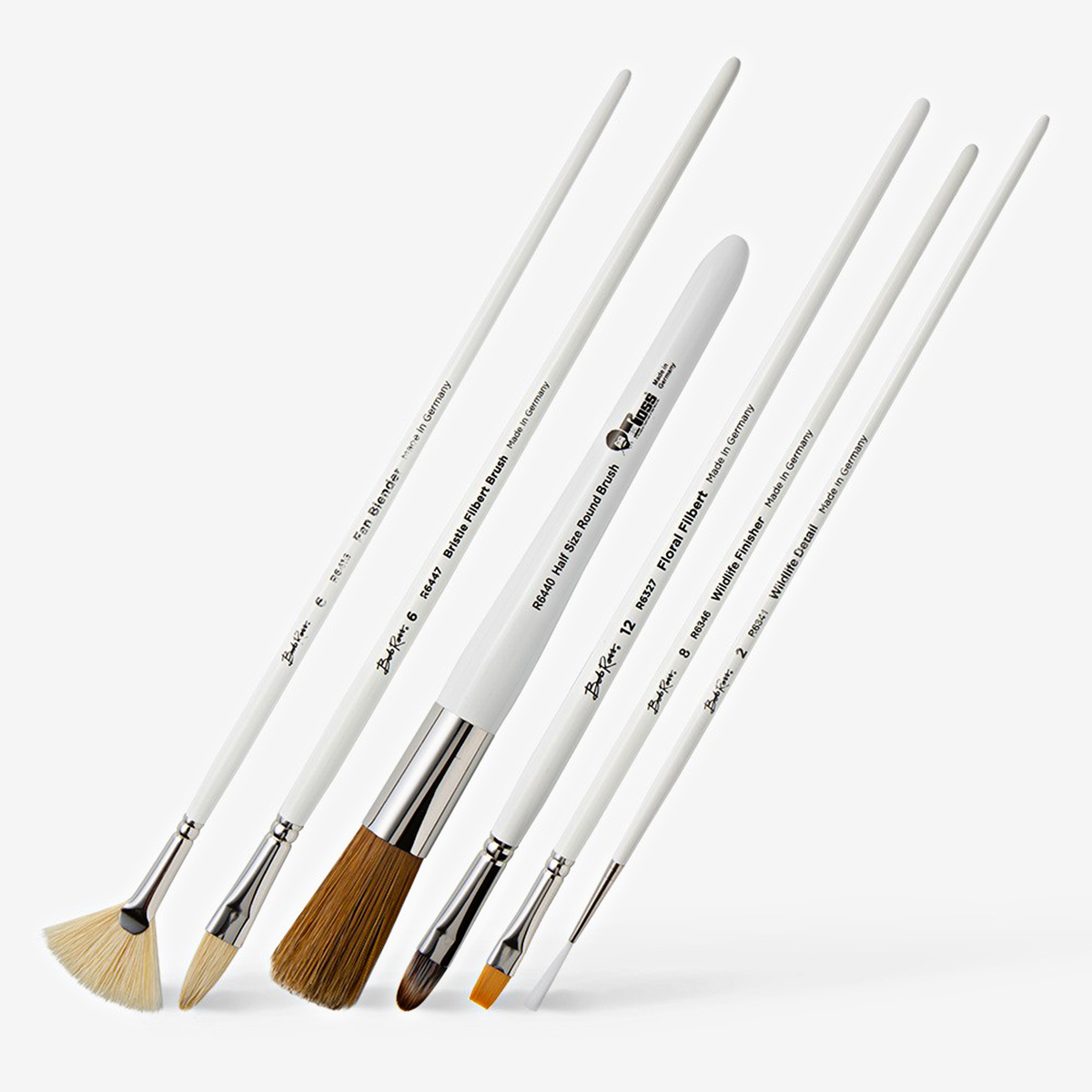
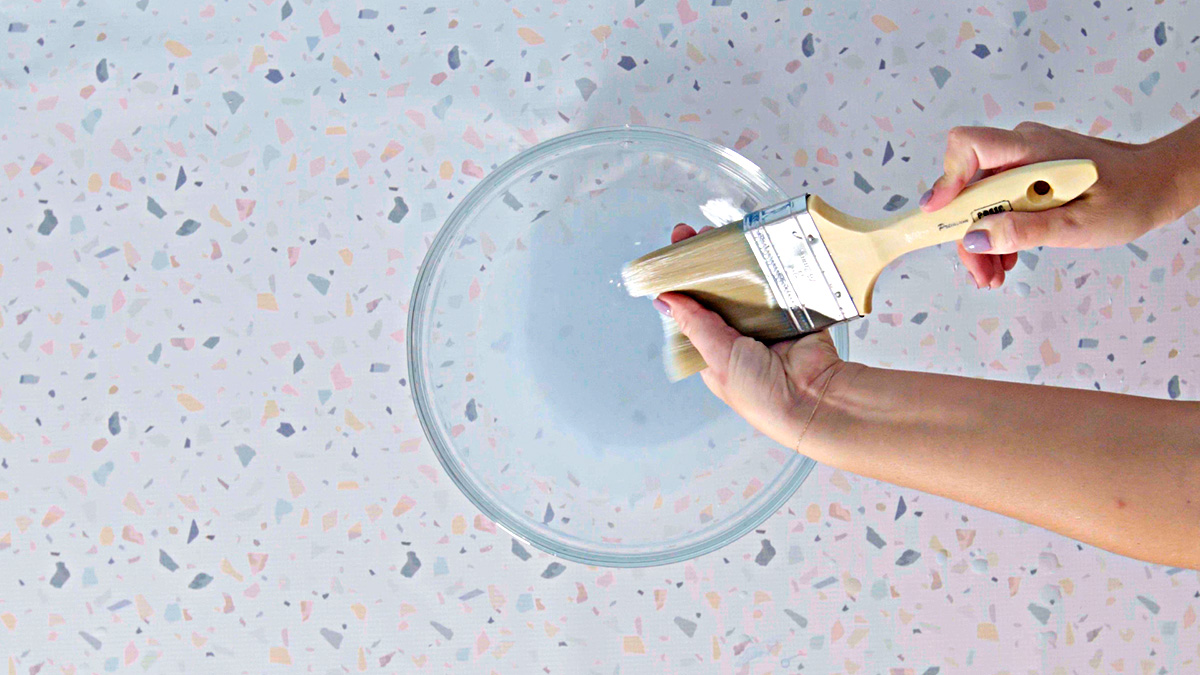


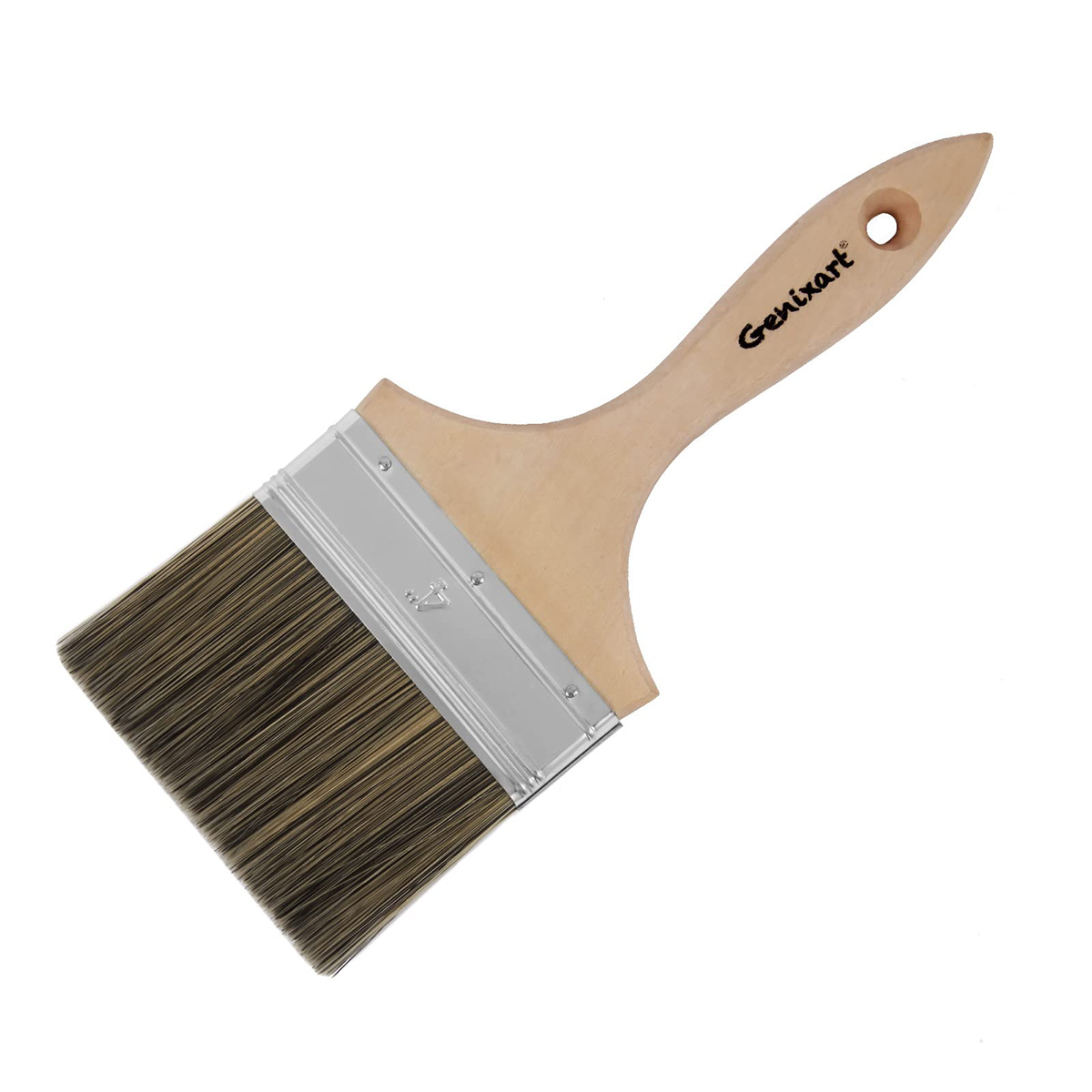
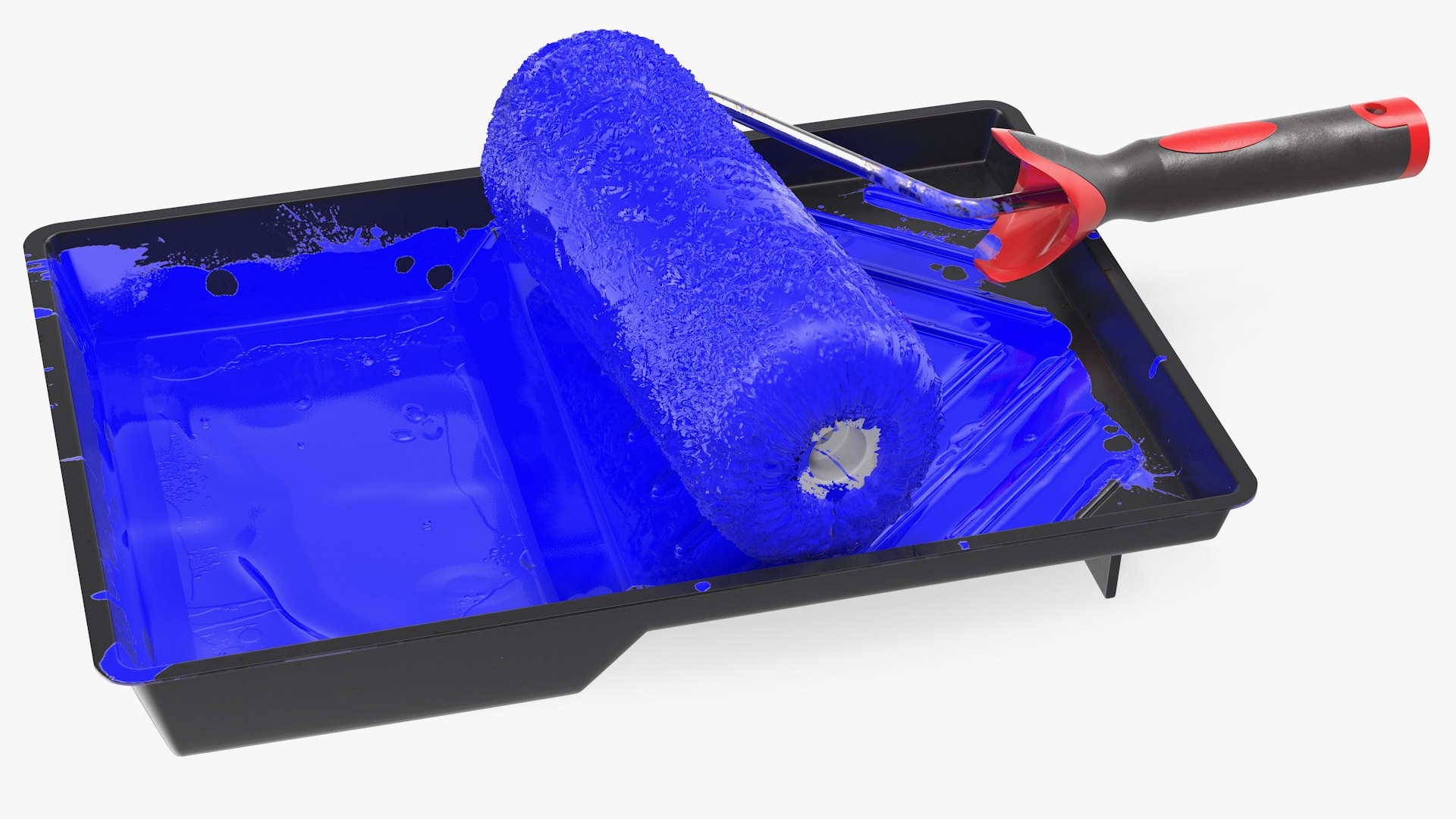

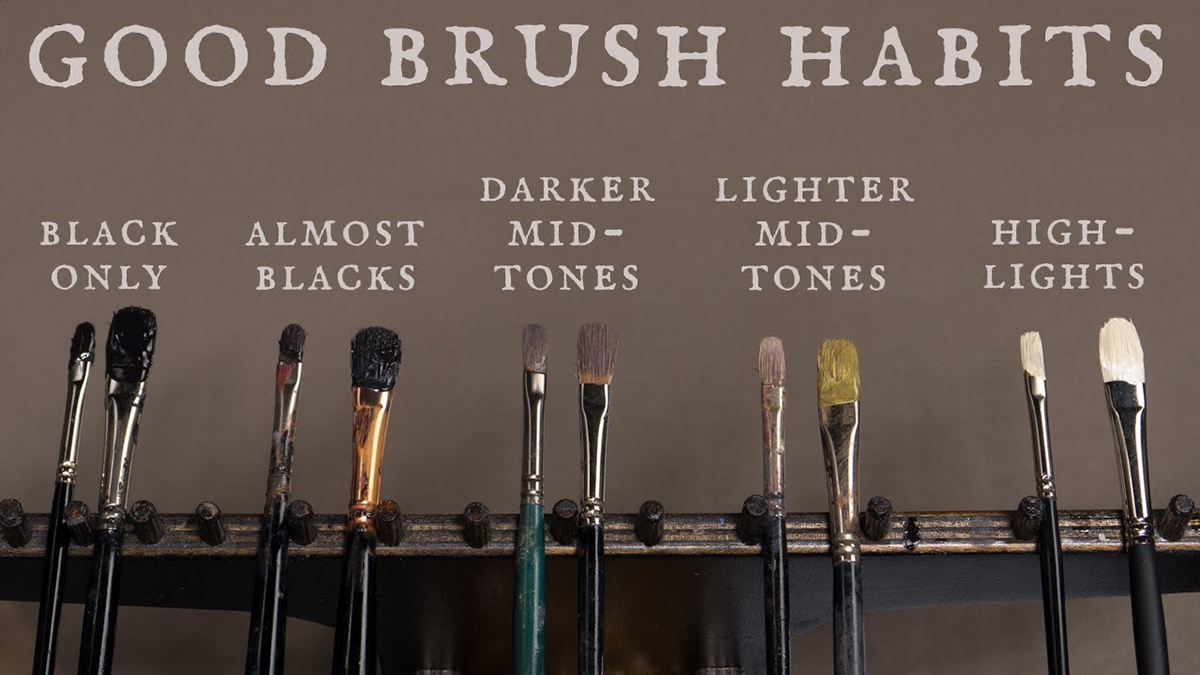

0 thoughts on “How To Store Used Paint Brushes”